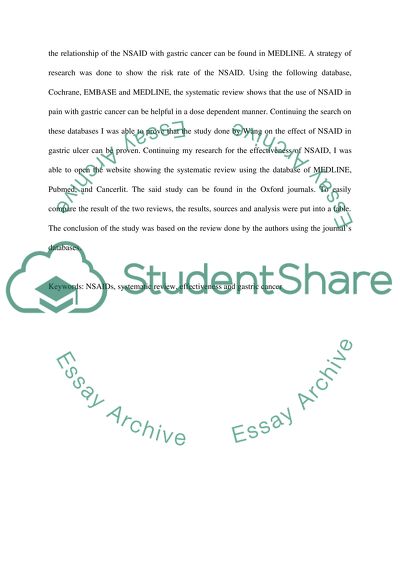Cite this document
(“Non-steroidal Anti Inflammatory Drugs Book Report/Review”, n.d.)
Non-steroidal Anti Inflammatory Drugs Book Report/Review. Retrieved from https://studentshare.org/health-sciences-medicine/1511475-non-steroidal-anti-inflammatory-drugs
Non-steroidal Anti Inflammatory Drugs Book Report/Review. Retrieved from https://studentshare.org/health-sciences-medicine/1511475-non-steroidal-anti-inflammatory-drugs
(Non-Steroidal Anti Inflammatory Drugs Book Report/Review)
Non-Steroidal Anti Inflammatory Drugs Book Report/Review. https://studentshare.org/health-sciences-medicine/1511475-non-steroidal-anti-inflammatory-drugs.
Non-Steroidal Anti Inflammatory Drugs Book Report/Review. https://studentshare.org/health-sciences-medicine/1511475-non-steroidal-anti-inflammatory-drugs.
“Non-Steroidal Anti Inflammatory Drugs Book Report/Review”, n.d. https://studentshare.org/health-sciences-medicine/1511475-non-steroidal-anti-inflammatory-drugs.


